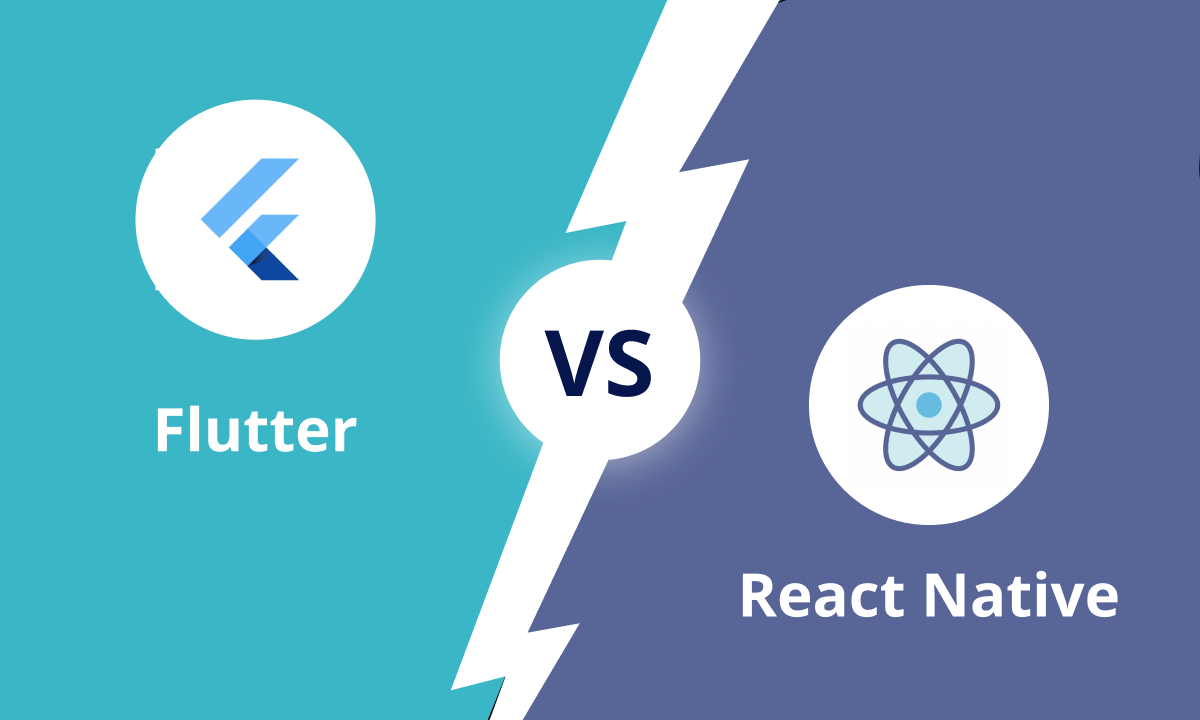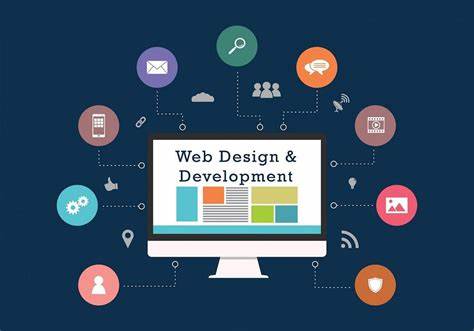
In the rapidly evolving landscape of mobile app development, choosing the right
framework is crucial for delivering robust, efficient, and engaging applications. Flutter and
React Native have emerged as the frontrunners in this domain, each offering unique
features and advantages. As we delve into 2024, let's explore these two powerful
frameworks in detail, highlighting their strengths, weaknesses, and the scenarios where
one might outshine the other.
Overview of Flutter and React Native
Flutter, developed by Google, is an open-source UI software development kit. It uses the
Dart programming language and provides a comprehensive suite of pre-designed
widgets, enabling developers to create visually appealing and natively compiled
applications for mobile, web, and desktop from a single codebase.
React Native, developed by Facebook, is a popular open-source framework that uses
JavaScript and React. It allows developers to build cross-platform applications with a
native look and feel, sharing most of the code across iOS and Android platforms.
Development Experience
Flutter: Streamlined Development with Widgets
Flutter's widget-based architecture is one of its standout features. Everything in Flutter is
a widget, which makes it incredibly flexible and powerful. The Hot Reload feature allows
developers to see changes in real-time without restarting the application, significantly
speeding up the development process. The extensive documentation and active
community support further enhance the development experience.
React Native: JavaScript and Flexibility
React Native leverages the popularity of JavaScript and the React library, making it
accessible to a large pool of web developers. The Live Reload feature provides immediate
feedback on code changes. React Native's ability to integrate with native code (Swift,
Objective-C, Java, Kotlin) offers developers the flexibility to use native modules and
libraries, bridging any gaps where React Native's functionality might fall short.
Performance
Flutter: Smooth and Consistent
Flutter excels in performance due to its direct compilation to native ARM code using Dart.
This results in smooth animations and fast rendering. Flutter's Skia Graphics Engine
ensures a consistent 60fps (frames per second) performance, providing a seamless user
experience even for graphically intensive applications.
React Native: Bridging Performance
React Native relies on a bridge between the JavaScript and native code, which can
sometimes lead to performance bottlenecks. However, recent advancements such as the
Fabric renderer and TurboModules are aimed at improving performance by reducing the
communication overhead between JavaScript and native threads. React Native's
performance is generally satisfactory for most applications, but highly complex animations
might still pose challenges.
UI/UX Design
Flutter: Pixel-Perfect Customization
Flutter's rich set of customizable widgets allows developers to create stunning and
consistent UIs across different platforms. The Material Design and Cupertino widgets
enable the creation of apps that follow the design guidelines of both Android and iOS,
respectively. Flutter's Declarative UI approach ensures that the user interface
automatically updates when the app's state changes, resulting in a responsive and
intuitive user experience.
React Native: Native Components
React Native uses native components, which ensures that the application feels like a
natural extension of the platform it runs on. This means that React Native apps have a
native look and feel, adhering to the design guidelines of the respective operating systems.
However, achieving pixel-perfect UI consistency across different devices can be more
challenging compared to Flutter.
Community and Ecosystem
Flutter: Growing and Vibrant
Flutter has seen tremendous growth since its inception, backed by strong support from
Google. The community is vibrant and growing, with numerous packages and plugins
available on pub.dev. Flutter's ecosystem is expanding to include web and desktop
support, making it a versatile choice for multi-platform development.
React Native: Established and Mature
React Native boasts a mature and well-established community. The ecosystem is rich with
third-party libraries and tools, making it easier to find solutions and resources for common
development challenges. The extensive use of JavaScript and React ensures a large pool of
experienced developers and a wealth of knowledge shared across various platforms like
GitHub and Stack Overflow.
Testing and Debugging
Flutter: Integrated Testing
Flutter offers robust support for testing at various levels, including unit tests, widget tests,
and integration tests. The Flutter DevTools provide a comprehensive suite for debugging
and performance profiling, ensuring that developers can maintain high-quality code
throughout the development lifecycle.
React Native: Third-Party Solutions
React Native relies on third-party libraries for testing and debugging. Tools like Jest for unit
testing, Detox for end-to-end testing, and Reactotron for debugging are commonly used.
While these tools are powerful, the reliance on external libraries means that developers
need to be familiar with multiple tools to ensure comprehensive test coverage.
Deployment and CI/CD
Flutter: Streamlined Deployment
Flutter's deployment process is straightforward, thanks to its single codebase approach.
Fastlane can be used for continuous integration and delivery (CI/CD), automating the
deployment process to multiple platforms. Flutter's Codemagic is another popular CI/CD
tool tailored specifically for Flutter apps.
React Native: Flexibility with Tools
React Native offers flexibility in deployment, leveraging existing CI/CD tools like Jenkins,
Travis CI, and CircleCI. The App Center from Microsoft provides a comprehensive
solution for building, testing, and distributing React Native apps. This flexibility allows
teams to integrate React Native into their existing CI/CD pipelines seamlessly.
Learning Curve
Flutter: Learning Dart
Flutter's learning curve is relatively moderate, with Dart being a relatively easy language to
pick up, especially for those familiar with object-oriented programming. The
comprehensive documentation and active community support make it easier for
newcomers to get started and build complex applications quickly.
React Native: Leveraging JavaScript Skills
React Native has a lower learning curve for developers already familiar with JavaScript and
React. The familiarity with these technologies allows web developers to transition to
mobile development seamlessly. The extensive resources and tutorials available make it
easy for new developers to learn and master React Native.
Conclusion
Both Flutter and React Native offer robust solutions for cross-platform mobile app
development, each with its unique strengths. Flutter's widget-based architecture, smooth
performance, and growing ecosystem make it a compelling choice for developers looking
for a highly customizable and performant framework. On the other hand, React Native's
mature ecosystem, flexibility with native code, and JavaScript/React foundation make it an
excellent choice for teams with existing web development expertise.
Ultimately, the choice between Flutter and React Native will depend on the specific needs
of your project, the expertise of your development team, and the desired performance and
UI/UX outcomes. Both frameworks are poised to continue evolving, offering developers
powerful tools to create the next generation of mobile applications.
 Best Web Development Company in Delhi NCR | Oprezo India
Best Web Development Company in Delhi NCR | Oprezo India
 Best Mobile App Development Company in Delhi | Oprezo India
Best Mobile App Development Company in Delhi | Oprezo India
 Best Digital Marketing & SEO Company in Delhi NCR | Oprezo India
Best Digital Marketing & SEO Company in Delhi NCR | Oprezo India
 Best UI & UX Design Services in Delhi | Android & iOS UI/UX Development – Oprezo India
Best UI & UX Design Services in Delhi | Android & iOS UI/UX Development – Oprezo India
 Best CRM & MLM Software Development Company in Delhi | Oprezo India
Best CRM & MLM Software Development Company in Delhi | Oprezo India